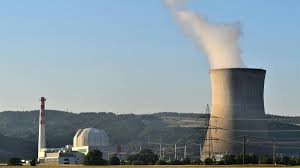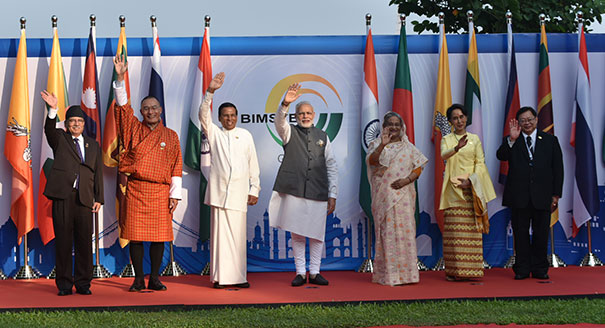- Courses
- GS Full Course 1 Year
- GS Full Course 2 Year
- GS Full Course 3 Year
- GS Full Course Till Selection
- Answer Alpha: Mains 2025 Mentorship
- MEP (Mains Enrichment Programme) Data, Facts
- Essay Target – 150+ Marks
- Online Program
- GS Recorded Course
- Polity
- Geography
- Economy
- Ancient, Medieval and Art & Culture AMAC
- Modern India, Post Independence & World History
- Environment
- Governance
- Science & Technology
- International Relations and Internal Security
- Disaster Management
- Ethics
- NCERT Current Affairs
- Indian Society and Social Issue
- NCERT- Science and Technology
- NCERT - Geography
- NCERT - Ancient History
- NCERT- World History
- NCERT Modern History
- CSAT
- 5 LAYERED ARJUNA Mentorship
- Public Administration Optional
- ABOUT US
- OUR TOPPERS
- TEST SERIES
- FREE STUDY MATERIAL
- VIDEOS
- CONTACT US
China Inaugurates Next-Generation Synchrotron
China Inaugurates Next-Generation Synchrotron
20-05-2024

China's latest scientific achievement, the High Energy Photon Source (HEPS), is set to begin operations by the end of the year, marking an important milestone in the country's scientific research capabilities.
- HEPS will be the first fourth generation synchrotron light source in Asia.
What are Synchrotrons?
- A synchrotron, a type of circular particle accelerator, propels charged particles (electrons) in a loop through a series of magnets until they approach the speed of light.
- These fast-moving electrons produce an exceptionally bright light known as synchrotron light, predominantly in the X-ray region. Synchrotron light is millions of times brighter than conventional light sources and 10 billion times brighter than the sun.
- The highly intense light is channeled down beamlines to experimental workstations, where it is utilized for research purposes.
Applications of Synchrotron Light:
- Scientists can study minute matter, such as atoms and molecules, using synchrotron light.
- By observing how samples scatter, diffract, absorb or emit synchrotron light, researchers can uncover various structural and chemical composition details.
High Energy Photon Source (HEPS): Key Facts:
- Location: Huairou, approximately 50 kilometers from Beijing, China.
- Function: Accelerating electrons up to 6 gigaelectron volts within its 1.36-kilometer circumference storage ring, producing high-energy X-rays that can penetrate deep into samples and reveal intricate details at the nanometer scale.
- Beamlines: 14 beamlines catering to diverse fields like energy, condensed matter physics, materials innovation, and biomedicine.
- Time Resolution: Compared to 3rd-generation synchrotrons, HEPS offers a time resolution 10,000 times superior, enabling more precise and detailed studies.
Must Check: Best IAS Coaching In Delhi



